What Is Truss Screed [Advantages] And How To Use [Maintenance]
In concrete leveling, truss screeds are commonly used. Usually, it is used in various leveling, compacting, and mudding projects on concrete roads. The vibratory force in this machine can be adjusted, and the slurry and leveling effects are excellent.
Because the machine is assembled by joints and connected by quick couplings, it is easy to unload and can be used in any concrete leveling project.
Contents
What Is A Truss Screed
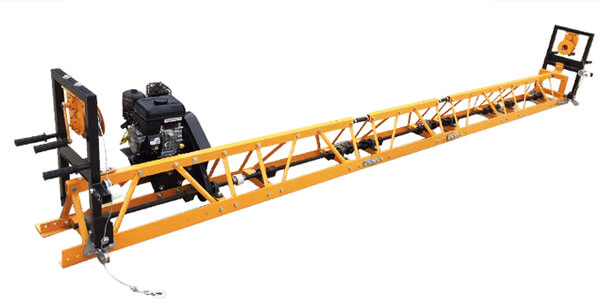
Typically, this truss system is mounted on rails on the formwork. The truss remains at a constant elevation as it moves across the slab surface. When spanning long distances, trusses should not flex because of their rigidity. This will result in a flat and level floor.
Truss sections range from 1 to 3 meters in length, and the sections can be joined together to form structures up to 20 meters long. For screeding wide bay pours, the truss screed is an excellent choice. While the truss is being used, a motor vibrates it. By compacting the concrete as well as screeding it, no pokers are needed
Typical Characteristics
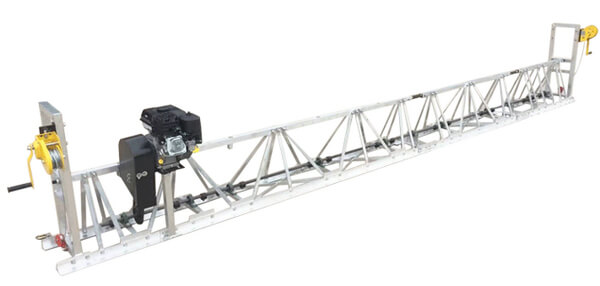
- It is easy to start and, has superior performance
- The length can be adjusted by increasing or decreasing 1m or 3m of single joints depending on the construction requirements.
- The principal axis is equipped with a sphere radial bearing imported, which is anti-seismic to ensure the whole performance of the machine. A machine with less than 0.05mm error in the circumference of its principal axis is guaranteed to rotate at high speed for a long time.
- Transportation and storage can be divided into separate parts, which makes transportation easier and storage space limited, making it the ideal choice for small project machinery.
- Handling frame takes up little space, so it can be used in small construction spaces where other paving machines can’t be used.
- A single articulation is connected by an ultra-strong cardan, or a female form of 5-10 degrees can be adjusted.
- The entire frame is made from a full steel structure, making it more solid and anti-seismic, capable of achieving a strong excitation force, enhancing deep slurry and leveling effects, and being anti-corrosion and wear-proof.
- An alloy steel gear manual sheave allows for labor savings, durability, convenience, and ease of operation.
- The surface has a powder coating, which is rust-resistant and gorgeous in appearance.
Advantages Of Using Truss Screed
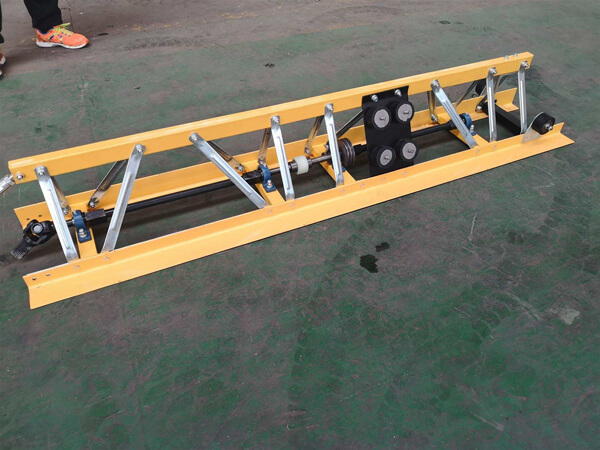
- There is a maximum leveling thickness of 200 mm and a maximum leveling span of 16 meters;
- The working speed of the machine reaches at least 1 meter per minute after the precision setting of the whole machine, with an error of leveling surface of less than 5mm;
- Two types of standard unit sections are available (1m/2m), leveling spans can be combined freely, fast and flexible assembly and disassembly;
- By comparing it with a conventional simple leveling machine, it has higher construction efficiency and constant flatness, which greatly improves the whole performance of concrete, giving concrete of the same grade process more strength and bearing capacity;
- High-strength steel frame and zinc-plated steel scraper blade ensure that it won’t bend under vibration, so it lasts longer;
- Generally, a double-speed hand-cranking winch or hydraulic self winch controls the transportation of the whole machine, as it is easy to operate, and the operator can control the transportation speed of the truss screed machine easily and uniformly.
- Floors can be leveled to arch surfaces or spill surfaces when arch connectors are equipped.
Common Concrete Working Conditions
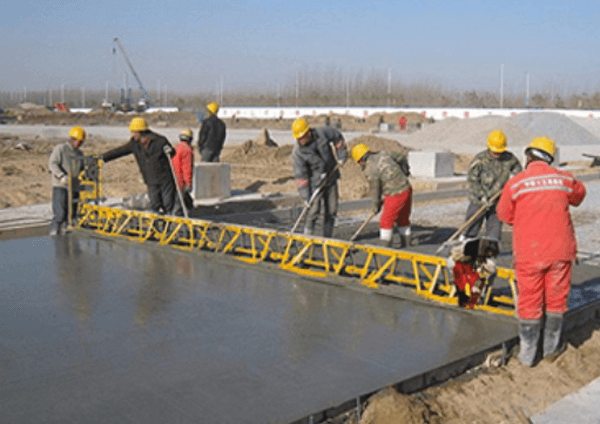
- Concrete strength exceeding C25#.
- The concrete should be poured to the height designed at one time (direct pouring with structural concrete is the best method).
- For slopes of 1.5%-2%, the concrete thickness must be at least 10 cm.
- Based on the position of the workshop pile work, the vibration beam can be positioned to 3-12m, but generally, the best width is 4.5-9m.
- The height of the backfill must be backfilled following the slope. The backfill must be completely tamped.
- Commodity concrete must meet 120mm*20mm cave-value requirements.
- The ratio of water to cement in concrete should not exceed 0.58, the maximum aggregate diameter should not exceed 30mm.
- A concrete slab shall meet a flatness standard of 5mm/2m (international).
How To Use Truss Screed
- Slowly increase the throttle after starting the engine.
- To keep the screed even, engage or turn the winch handles simultaneously. Use the flow controls instead of adjusting the throttle on the engine to slow down or speed up the hydraulic winches.
- If the concrete builds up on the front blade, it stresses the screed and is strenuous to the operators operating the winches.
- The concrete shouldn’t extend past the bolts that hold the blades in place. When this happens, stop the screen and let the vibrations do their work.
- If the concrete is not being added at the proper rate, slow down the screed to compensate.
- Depending on the slump of the concrete, you should operate the screed at a different speed.
- Consider the aggregates, slump, and concrete modifying agents so that you can compensate for them.
Truss Screed Maintenance
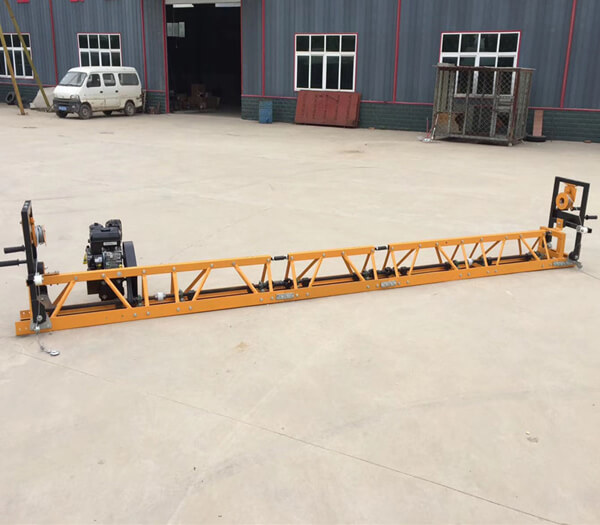
- Make sure that the drive shaft is aligned properly.
- All the weights on each section should face the bull float blade when connecting drive shafts. Mismatched weights will cause the screed not to vibrate properly.
- Make sure that the connectors and shafts match.
- Cold weather-bearing lubricants are suitable for use from -22° F to 350° F.
- At intervals of 10 hours, oil the winch bushings. Apply a light lubricant.
- Avoid overspeeding, the engine RPM should not exceed the predefined limit.
- If the engine maximums are maintained, the speed will remain within the limits.
- Using universal joints or flex couplers on the shaft connectors is not recommended.
- Maintain engine according to manufacturer’s instructions.
Conclusions
To sum it up, the truss screed is an excellent piece of equipment for leveling out the concrete in large-scale jobs. It is easy to operate and comes in lengths of 1 to 2 m. Depending on the slump of the concrete, you should operate the screed at a different speed.
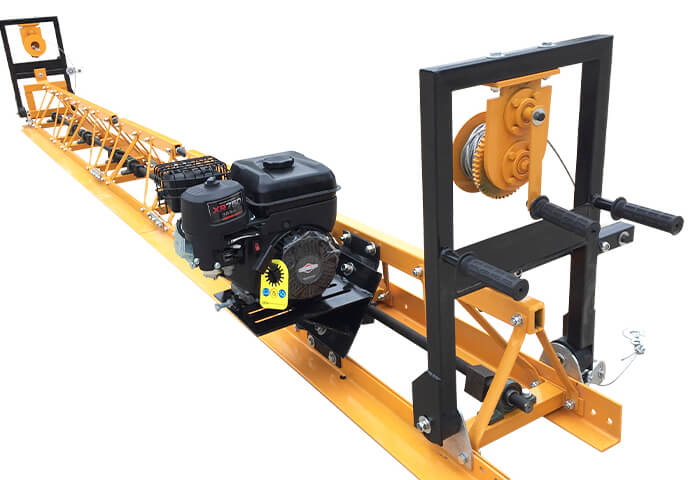
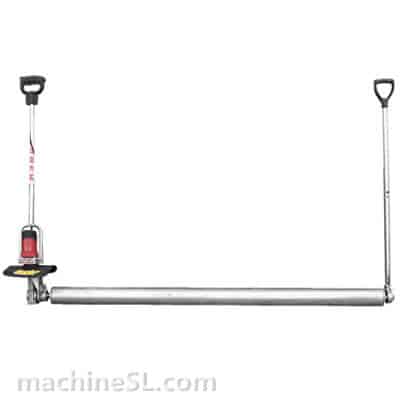
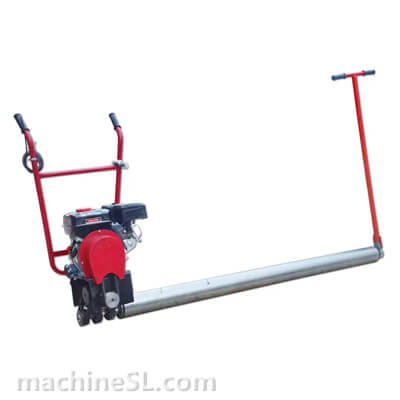
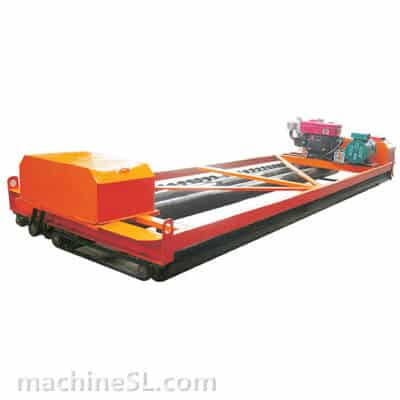
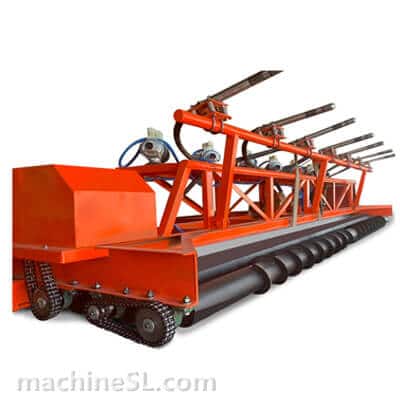
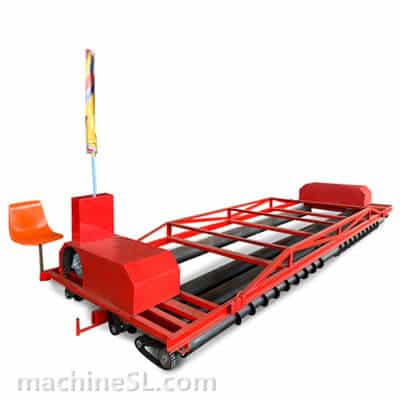
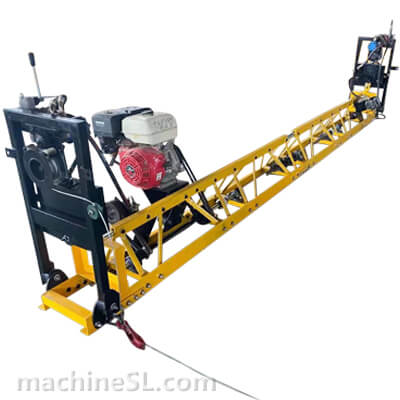
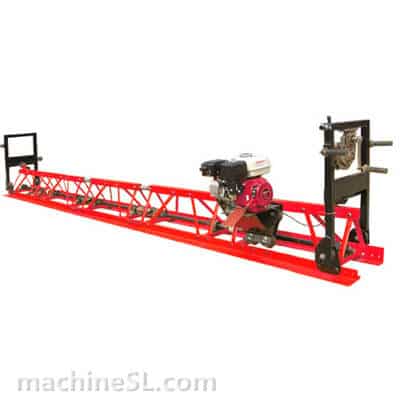
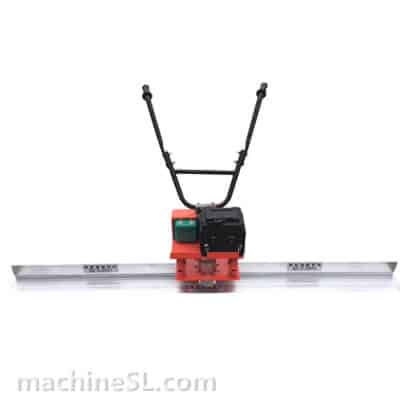
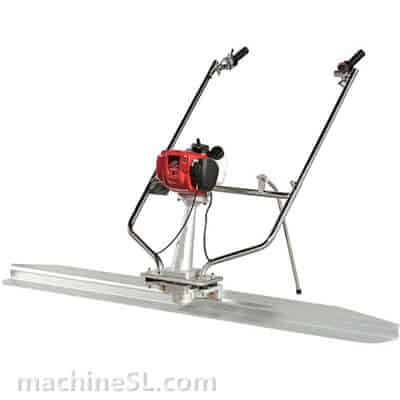
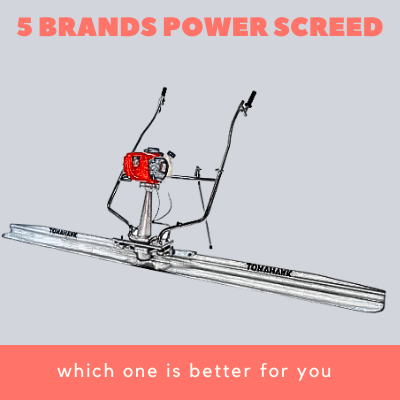
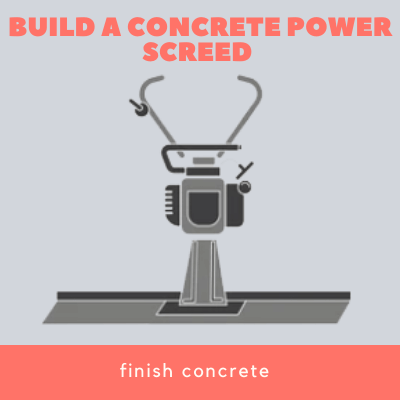
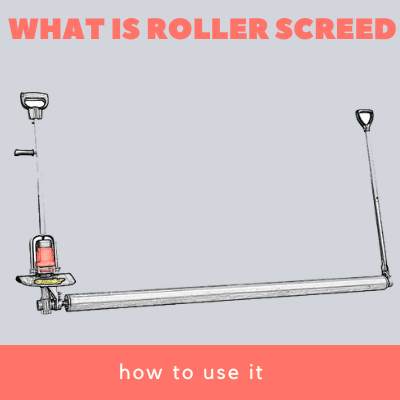
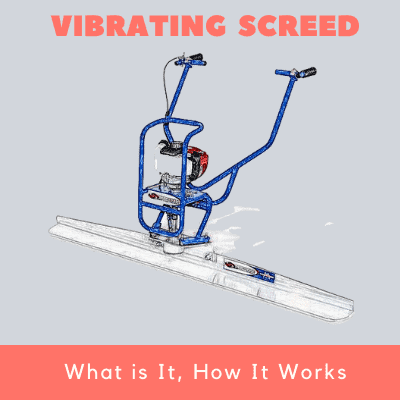
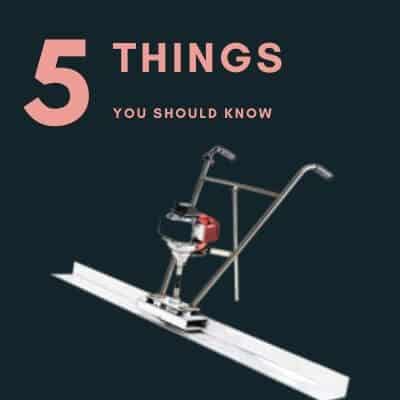
Leave A Comment